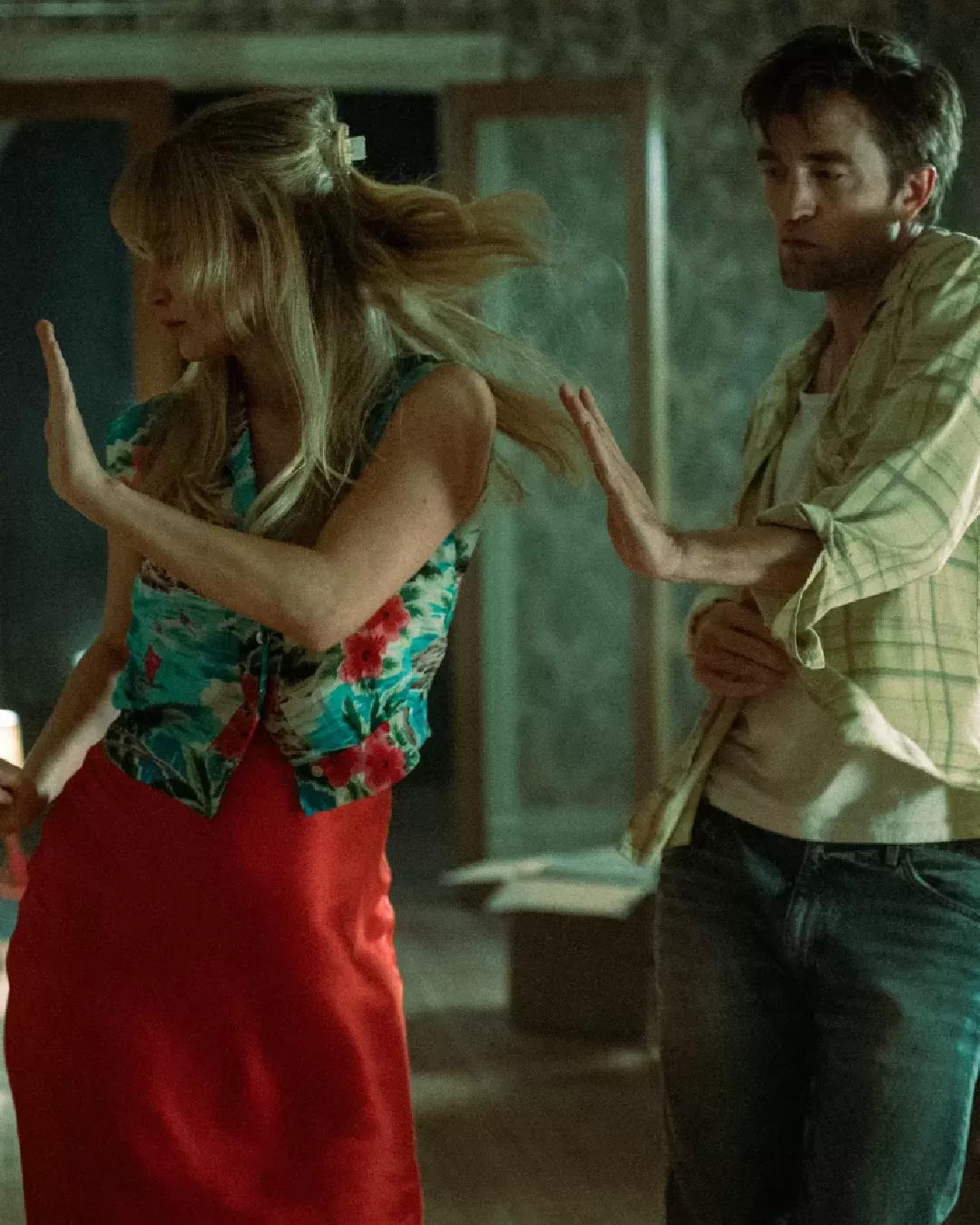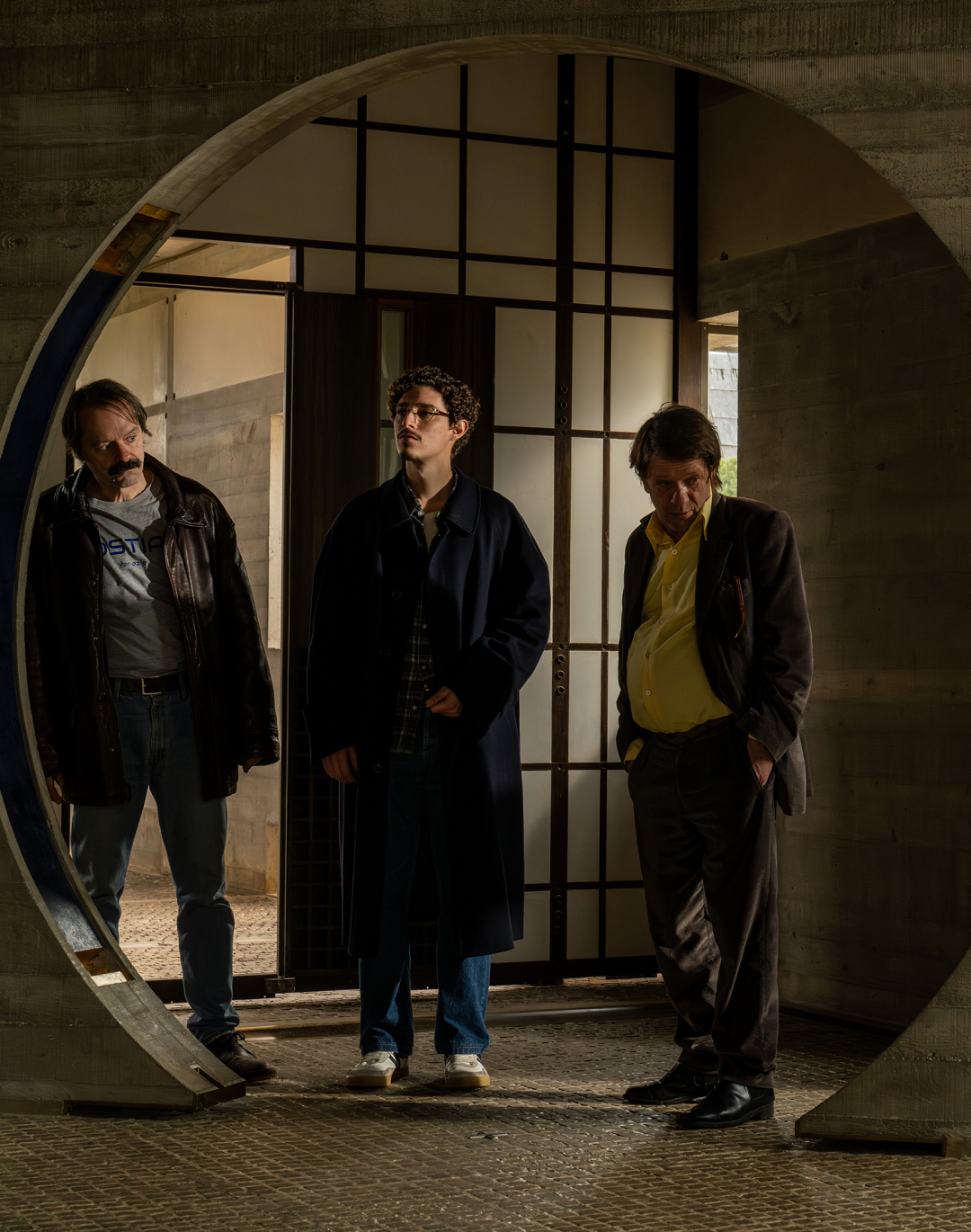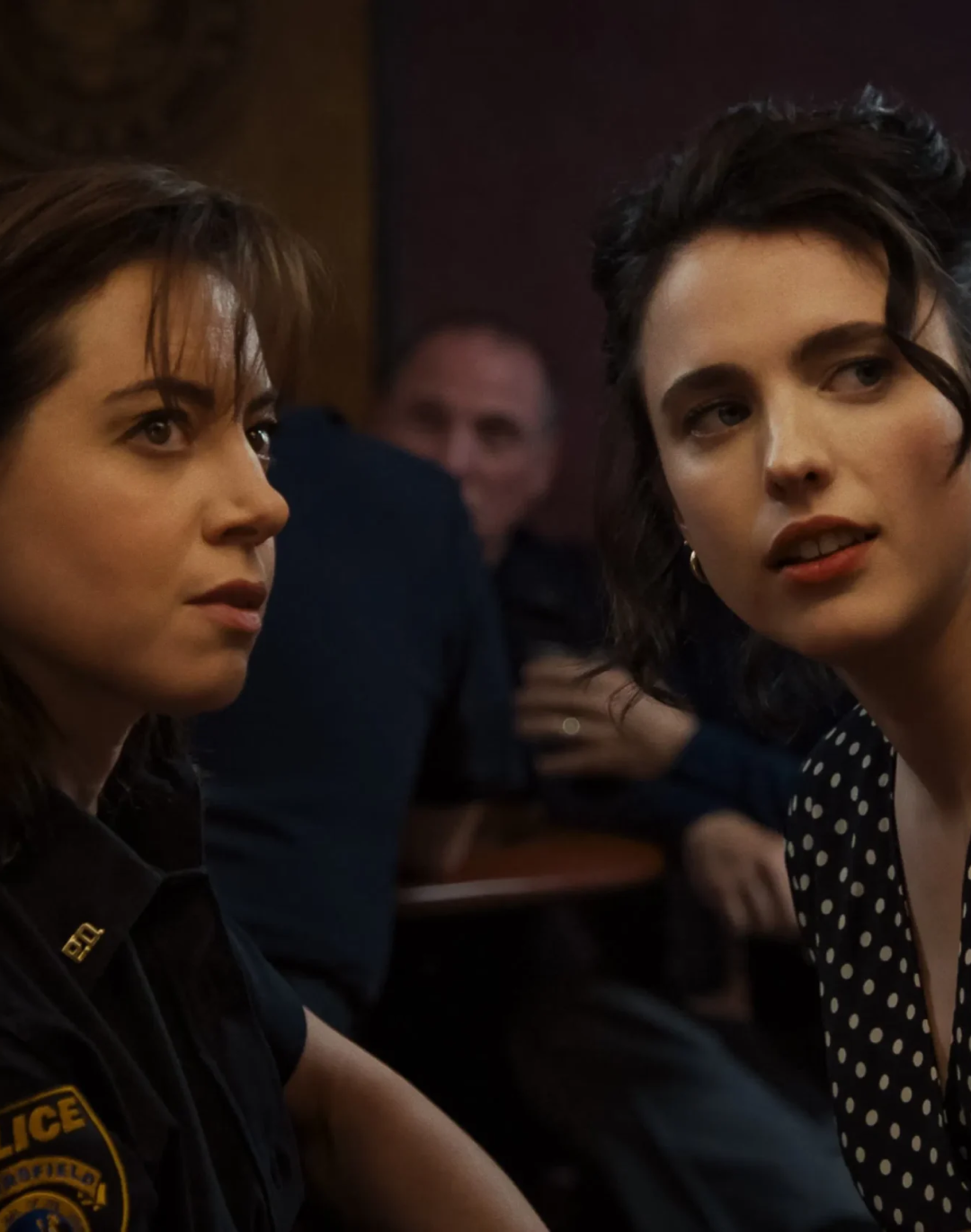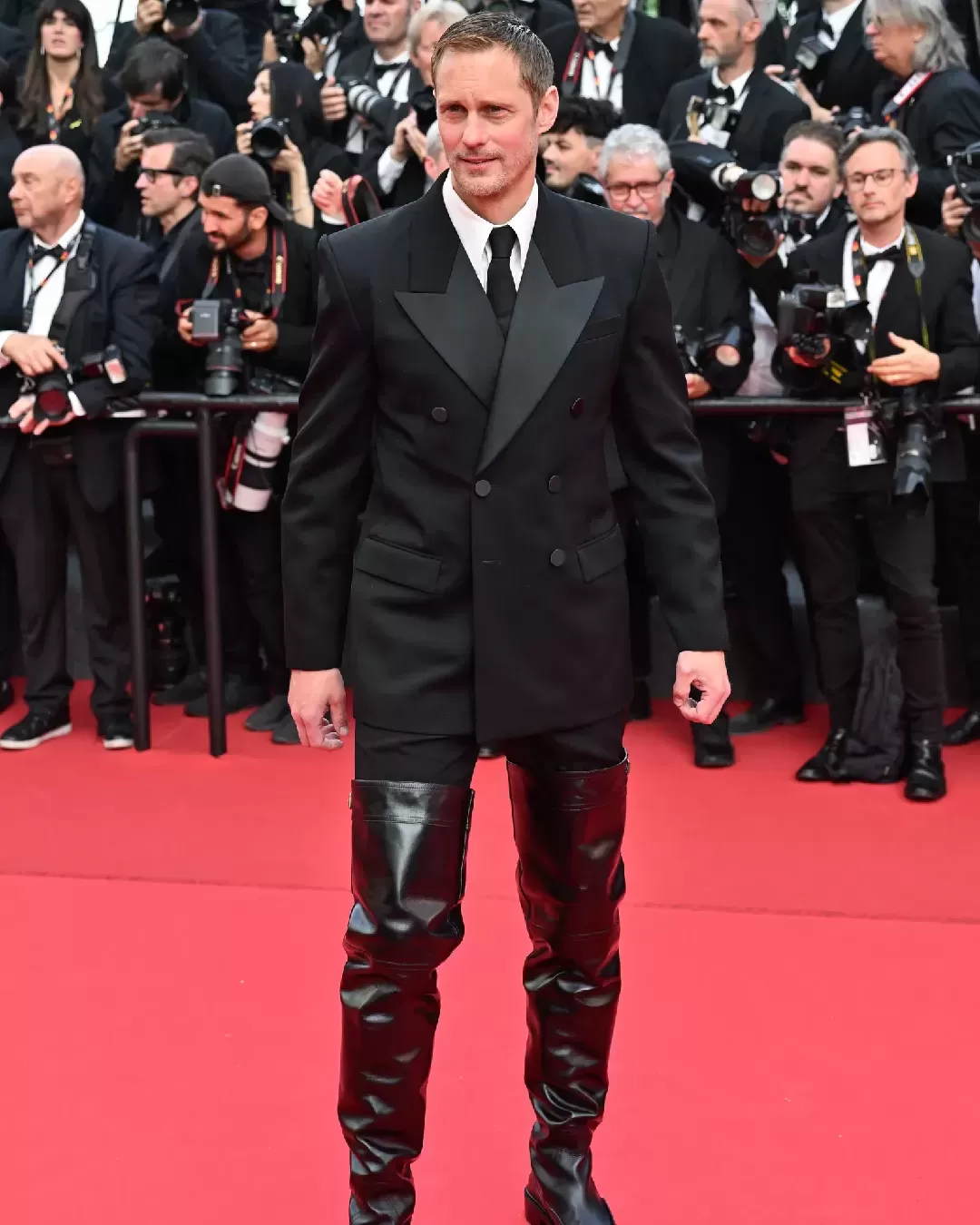
Saint Laurent goes to conquer Cannes Fashion is cinema, cinema is fashion
The fashion world is going through a moment of role redefinition in which brands, having transformed over the decades into commercial giants and cultural institutions, are expanding their scope from clothing to lifestyle, venturing into new directions and categories ranging from perfumes to wedding dresses, hotels to restaurants. But the most curious area in which several brands have decided to expand is cinema, which, along with television, is the quintessential mass media: and while brands like Dior and Chanel have collaborated with the film industry somewhat informally, providing access to archives, using their spaces as locations, and in various cases even designing costumes for characters (as Prada did with Elvis, for example featured here), it is Saint Laurent that is plunging headfirst into the world of Hollywood. Following collaborations with Gaspar Noè on the short film Summer of ’21 and Lux Æterna, and with Pedro Almodovar on the medium-length film Strange Way of Life which received lukewarm critical reception, the brand has set its sights on the heart of French and international cinema: the Cannes Film Festival. Saint Laurent's subsidiary company, named Saint Laurent Productions, has announced its co-production of three films competing at Cannes, all ambitious and high-profile projects: Parthenope by Paolo Sorrentino, the philosophical sci-fi The Shrouds by David Cronenberg, and the musical Emilia Perez by Jacques Audiard. But why should a fashion brand be interested in the film industry? The rationale is twofold, concerning both brand perception and visibility, as well as potential synergies that may arise.
The move towards cinema is a decisive step that not only Saint Laurent has taken: a few months ago, the LVMH group established 22 Montaigne Entertainment, while even earlier, through the Artemis Group, the Pinault family acquired the legendary CAA, the Creative Artist Agency, the foremost talent management agency in Hollywood. All these moves have coincided with the emergence of a new wave of fashion-centric TV series, some successful like the one on Balenciaga; others well-produced but more critically received like The New Look, or the upcoming show on Karl Lagerfeld. Meanwhile, Jonathan Anderson collaborated with Luca Guadagnino on the costumes for Challengers, dressing Zendaya (who, by the way, is contracted with the CAA of which the Pinaults hold a majority stake) both on and off-screen – a relationship that exemplifies the second motivation behind fashion brands' interest in cinema: starting last year, Artemis and the Pinaults behind it will profit from their management contracts with stars who, in some cases, are ambassadors of the rival LVMH; noteworthy is how, for example, actress Maisie Williams, an official Dior ambassador, plays the “true” Dior's sister in The New Look, or how Charlotte Gainsbourg, an ambassador for Saint Laurent, is involved in various brand efforts ranging from leading roles in short films to playing the piano to close their runway shows. Actors and stars, in short, become both ambassadors and “products” of the brand itself. This represents a precedent not just for the longstanding intertwining of fashion, cinema, and advertising, but because now fashion industrial groups are large enough to bring everything under the same metaphorical roof: the entity producing the film sells the clothes worn by actors on the red carpet, manages actors' work, scripts them for advertisements, and gains more or less overt publicity through the film. Everything can become profit.
prediction that since francois henri pinault bought CAA to increase kering's brand/talent synergy, zendaya will go to a kering house when her LV contract expires in like two years (or sooner?) pic.twitter.com/Dnj2Likc1H
— (@mooglare) September 7, 2023
There is just one significant challenge: authenticity. Every brand is known to shun controversies, potentially risky moves, and situations detrimental to their image – which is why villains in films never use an iPhone. It must be ensured that the brand's advertising needs and image perception do not impact the writing and direction of the film in the same way designers' work for their collections. And whether this bridge thrown between fashion and cinema truly functions is not a given: as we mentioned, Strange Way of Life was a project met with mixed reception, since it was not quite intended for theaters or television, seeming a bit makeshift to some, and even those who appreciated it did not quite grasp its raison d'être, its intended use, or its designated target audience. Now the strategy seems to have shifted with the upcoming Cannes Film Festival: reading between the lines of statements, the brand is keen to showcase its title as a co-producer, almost implying that the brand contributed to the films' creation but hopefully without obvious commercial intrusions or at least without the kind of invasive interest that brands have in overtly promoting themselves at any cost.















































